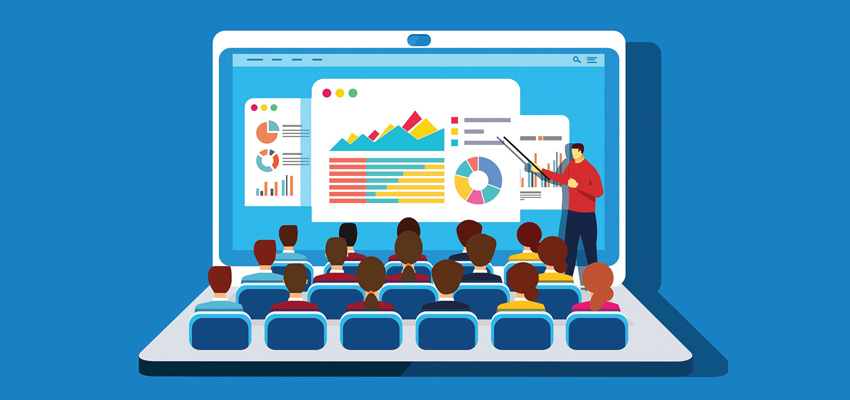The problem today as schools and colleges go on-line is that we have not been trained in the process and are experimenting. One can only hope that COVID moves out fast and our children and youth do not have very bad education beyond 2020
In the beginning, there was a piece of chalk and a blackboard. And then there was light! One wishes this were true in the field of digital transformation in education but the reality is that there are miles to go before we can rest in peace that the future of our children, youth and even adult learners is truly safe. Many parents and learners today believe that the move to online has been incredibly good. We may have been fascinated by some glitzy new ideas and actually experimented with e-Learning, Massive Open Online Course (M OOCs) and assumed that transformation is truly underway. But what is the reality of this journey when it comes to the children and youth of today?
To understand the problems and also the emerging solutions, a dive into history is needed. One of the first evolutions was the smart class in schools with the deployment of DVD players, projectors and videos while colleges moved from “chalk and talk” to epidiascopes, overhead projectors and eventually the ubiquitous Power- Point. Books started getting converted to pdf formats and page turner computer-based training software emerged which was more a refresher of classroom materials than specifically designed for a new medium. By the time the year 2010 arrived, there was some sense of happiness that students were adapting to e-learning for pre-requisite, remedial and reinforcement learning but the primacy of the class and the great teacher remained unquestioned for delivering the core lecture.
The need for interactivity resulted in a disaggregation of learning content and instructional designers started creating courses with a mix of video, online tutorials and short interactions to enable better understanding and blended learning formats came to exist both in schools and colleges. The era of Google as the universal source of truth made it feasible for core content to actually be learned independently and the classroom to be more of a place for interaction. And in an almost innocuous manner, asynchronous learning where the student was left to his/her own devices to manage the timing and pace of the learning process was replaced by much more interesting formats of synchronous learning. Blackboard became a standard medium for university integration and with “hand raising” now a possibility, classes became more engaging even when there were many learners not in the same physical classroom as the teacher.
The era of Google as the universal source of truth made it feasible for core content to actually be learned independently
It is in the last five years and a bit more that online education has really matured to a large extent. The most important example of this is HBX, the online offering of Harvard Business School which has incorporated some of the best ideas of a galaxy of some of the world’s best educators and industry professionals. Delivered from a studio in Boston, it gives a visual to a Professor at the console of all eighty people in the class and akin to the process followed in an HBS classroom, the Professor is guided to see people who raise their hand and also engage with people whose attention span may be wandering.
Stemming from this, many new experimental platforms for digital learning are enabling, which integrate content and new ways of learning in their design. This will need attention to four features of outstanding experiments, essential for colleges and even worth thinking about for schools.
The first is offering a full suite of career choices to students at the university level and not force a choice too early. This can be facilitated by AI that provides clear pathways to students as well as corporate learners on employment options as well as career growth pathways as the case may be and also provide an estimate based on an individual assessment on the extent of effort needed by the individual to acquire the skills needed for that pathway.
The second would be to enable the skills on the chosen path to be acquired through an adaptive and personalized learning approach using the nest of asynchronous and synchronous pedagogies. Personalized would mean choosing the medium of delivery – text, video, quizzes etc. that are most conducive to the learner and adaptive would alter the learning level and pace of the course based on progress as evaluated by intermediate testing.
The third would be to enable peer group learning, which is the biggest benefit of being on campus with other learners. AI can enable learners to interact in a curated manner with students at similar stages of learning and also with others who have been on the pathway earlier and mastered a particular subject. And finally, enable a wide choice of mentors and coaches, from within the campus or corporate environment to a choice from a large cohort of willing senior people from the whole world.
